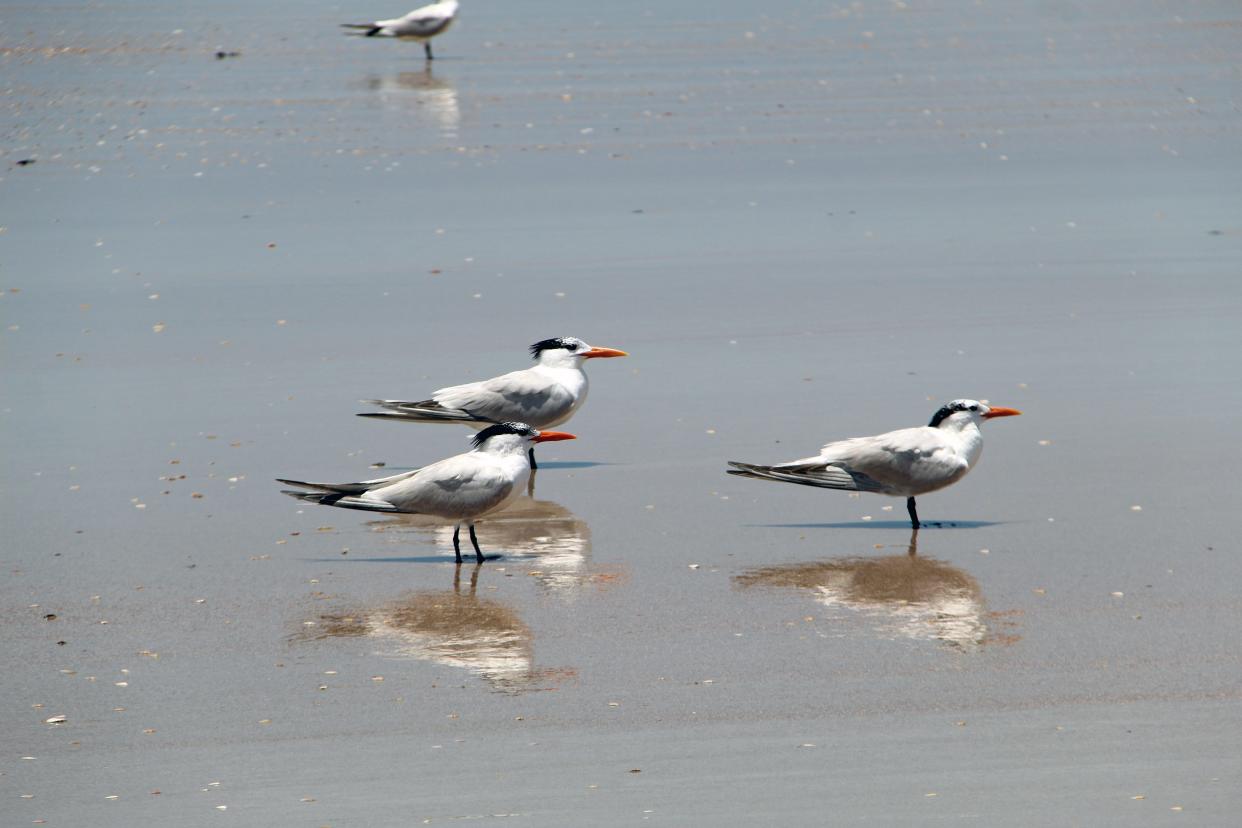Bird colony discovery leads to halt of St. Augustine Beach renourishment project

The U.S. Army Corps of Engineers, Jacksonville District (USACE Jacksonville) on Wednesday ceased the St. Johns County Shore Protection Project for St. Augustine Beach within Anastasia State Park’s reach of St. Augustine Beach.
The decision was made after discovering a colony of small birds known as Least terns. The birds were found in a significant colony, according to a recent St. Johns County press release.
USACE Jacksonville consulted with the Florida Fish and Wildlife Conservation Commission, Anastasia State Park, St. Johns County, the Florida Department of Environmental Protection and other state and federal agencies before halting operations.
The halt is designed to sidestep the potential for negatively affecting nesting shorebirds, nests and chicks.
Least terns, American oystercatchers and Wilson’s plovers begin nesting in late April, with late nesting occurring in July. Chicks fledge (develop wings that are large enough to fly) off the site in early August.
The county press release noted that USACE Jacksonville is working with the contractor to reschedule a completion timeline. The work began in March. The revised schedule will be posted this month.
The St. Johns County Shore Protection Project will renourish eroded shoreline between the southern limits of Anastasia State Park to a point located 3.9 miles south of the St. Augustine Inlet.
According to USACE Jacksonville, the goal is to mitigate down-drift shoreline effects caused by the federal navigation channel at the St. Augustine Inlet. This should also provide storm damage reduction for upland development.
Pope Road beach access will serve as a staging area and will remain closed until the renourishment project resumes.
This article originally appeared on St. Augustine Record: Bird colony causes delay of Shore Protection Project for St. Augustine Beach

